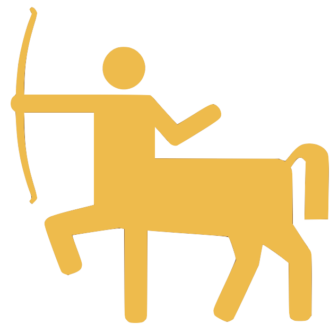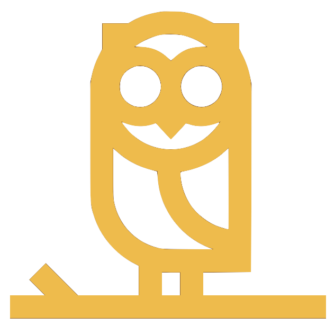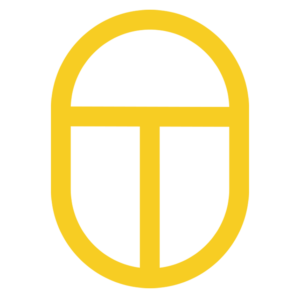Automatons were lifelike machines designed to perform tasks such as protection, entertainment, or assistance. This is similar to the purpose for which we build AI today. Automatons were mentioned in Greek myths as early as the 8th century BC, during Homer’s time.
The modern definition of automaton today is a self-operating machine made to imitate humans or animals. They are usually non-electronic, akin to a prototype for a robot. A perfect example is the cuckoo clock.
The Latinized term “automaton” is derived from the Greek αὐτόματον which translates to “acting on one’s own will”, and was first used by the ancient Greek mythographer Homer. “Automaton” is where we get the word “automatic” from.



In Greek mythology, most of the automatons were crafted by Hephaestus, the gods’ blacksmith. He constructed armour, specialized devices, and automatons for both the gods and himself. Hephaestus is one of the 12 Olympians and oversees various domains, including craftsmanship, carpentry, fire, metallurgy, sculpture, and artisanry.


Examples of automata crafted by Hephaestus in Greek mythology:
- Moving wheeled tripod that would distribute food and drinks
- Talos, the gigantic bronze man who protects the island of Crete. Talos would circle the coastline of Crete 3 times a day. Any one trespassing would be crushed by his superheated arm
- Gold and silver watchdogs that would guard the doors of King Alcinous’ palace to prevent unwanted guests
- Golden Maidens (“Kourai Khryseai” ) which were beautiful women-shaped golden automatons crafted as attendants for Hephaestus’ palace. They had a certain level of intelligence that allowed them to speak and develop new skills
- Keledones, the singing golden maidens crafted for the second temple of Apollo
- Fire breathing horses
The type of automata in Greek myths seem to be ahead of their time. In the real world of archaic Greece, inventors were creating automatons indented as tools and religious spectacles, although they were not as sophisticated as the ones we hear in the mythological tales. For example, one of the most famous builders in Greece during the 1st c BC, Hero of Alexandria (“Hero” was his name) constructed automata for temple use, including:
- The Aeolipile or “the ball of Aeolus” (Aeolus = god of winds), which is a ball that spins when water container is heated below it
- A wheeled cart that when pulled, would animate some automatons
- Doors that would open and close through the use of heat and water














